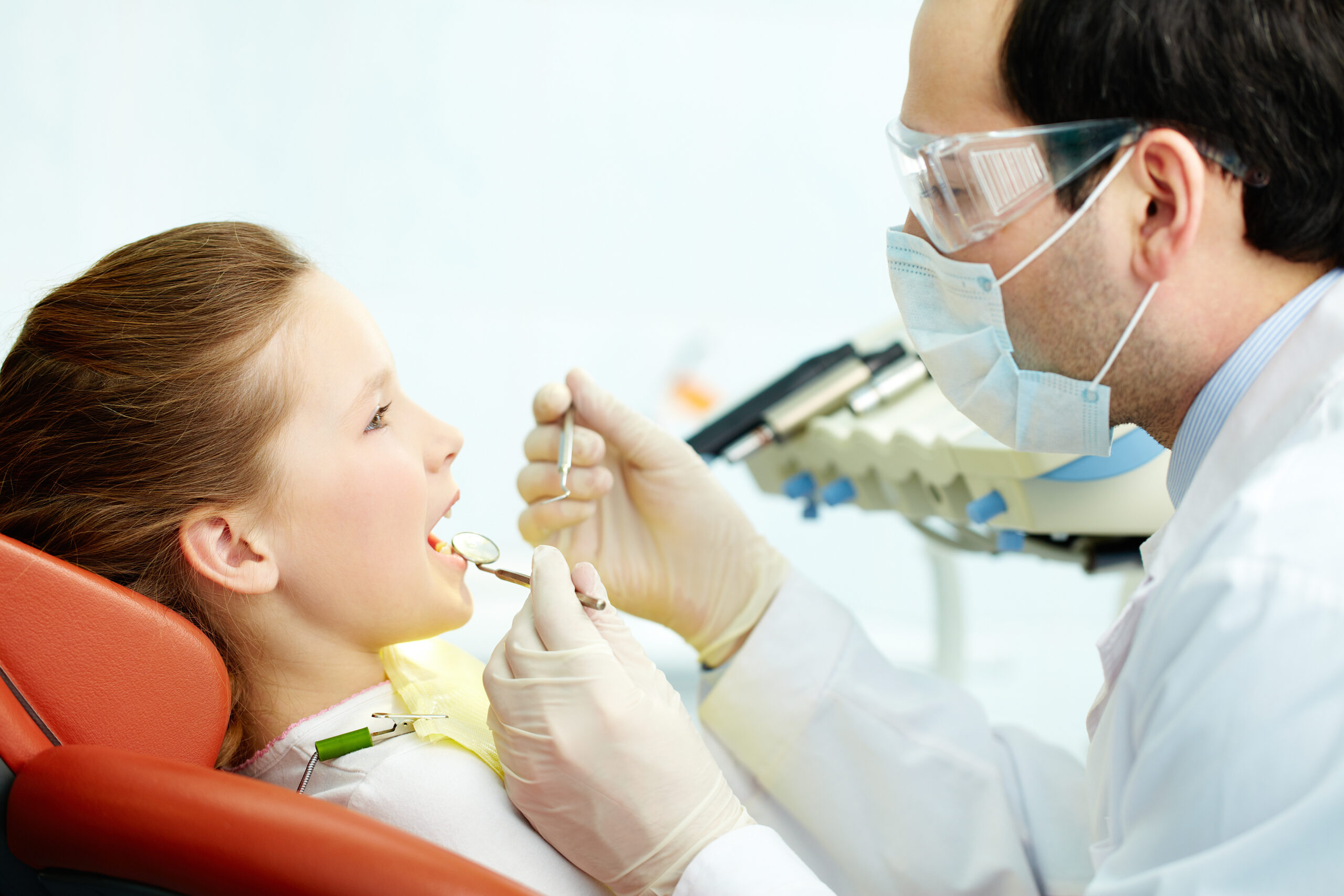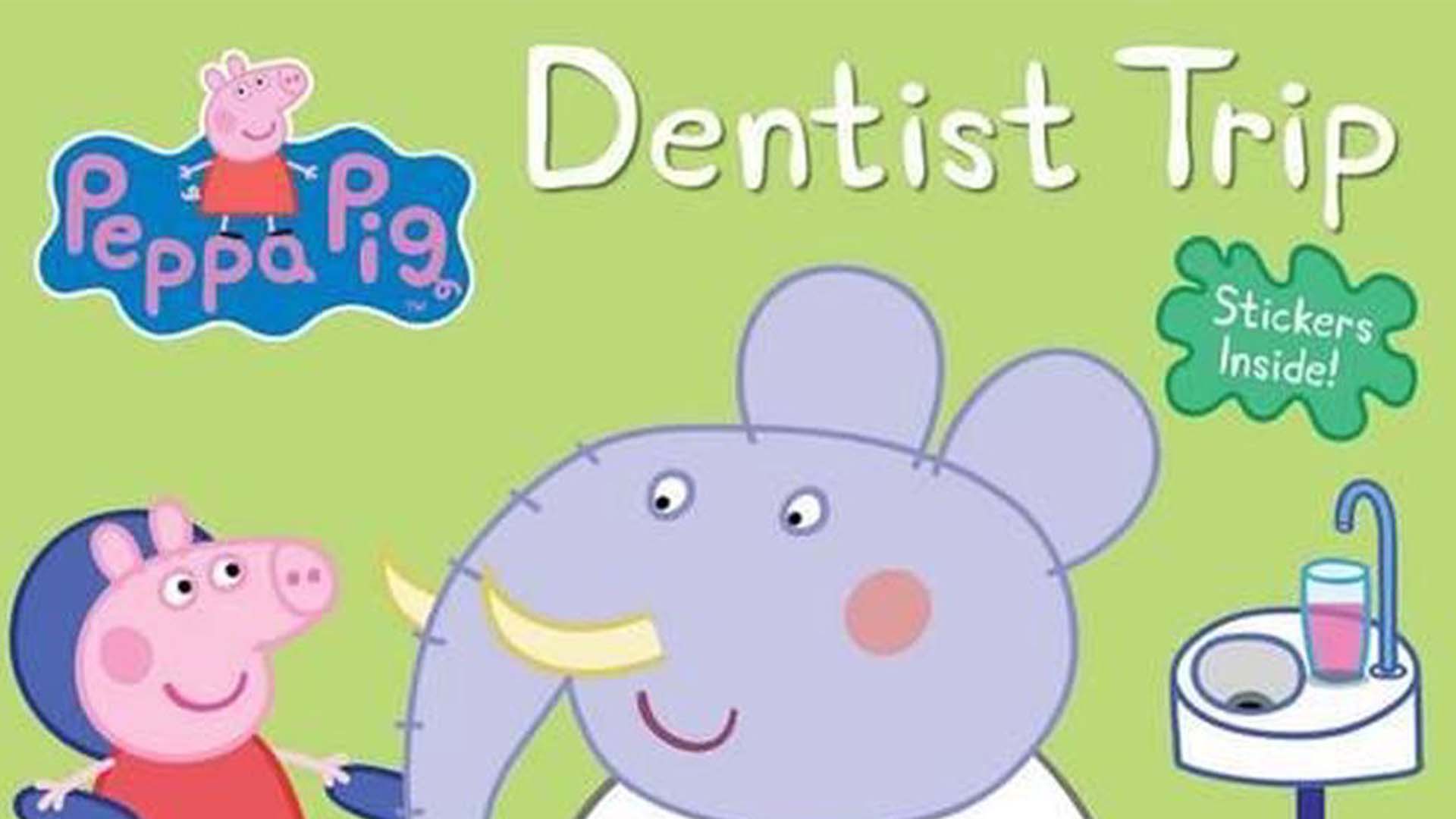
Wisdom Teeth Removal Quick Facts
November 05, 2022 ABC Children's Dentistry
Wisdom tooth removal is a reality for many young people. Most children who have impacted wisdom teeth have them removed at some point, since an impacted tooth can push other teeth out of alignment and cause other problems. However, there are several important things to consider if you are thinking of having your child’s wisdom teeth removed. These facts will help you make informed decisions about your child’s well–being, and insure that wisdom tooth removal is done safely and effectively.
What Are Wisdom Teeth?
The term “wisdom teeth” is applied to the upper and lower third molars, which typically appear around age 17. At age 16, most pediatric dentists begin studying the child’s molars, which are often still under the gum, to see if they will erupt safely and without damage to other teeth. In many cases, these four teeth are too large to comfortably fit in the mouth, and are often seen on x-rays as being tilted or even sideways under the gum, making it difficult for them to emerge successfully. This is what is meant by the term “impacted.” Even if the teeth are straight, crowding may also be a factor that can impact the other teeth in the child’s mouth. Quite often, wisdom teeth cause significant pain as they emerge, which may lead parents to seek dental care for their children as well.
How Are Wisdom Teeth Removed?
Most wisdom teeth are removed under local anesthesia, although sleep sedation is also possible in cases in which extractions may be difficult or the child is particularly anxious. The surgery involves cutting through the gum line and removing the tooth. After the incision is closed with sutures, the socket will form a protective clot that will assist in healing.
Problems associated with wisdom tooth removal include:
- Bleeding at the incision site. Children are often asked to bite down on gauze or even a tea bag to assist in stopping bleeding at the incision site.
- Dry socket. If the blood clot that covers the incision is lost, a condition known as dry socket can develop. This can lead to pain and infection, so further intervention may be needed.
- Facial swelling. Swelling is quite common in the first 48 hours after the procedure. Ice packs may help, but the swelling will usually go away on its own as the body adjusts to the after effects of the surgery.
- The biggest fear with wisdom tooth surgery is infection. Antibiotics may be prescribed as a preventative measure if the child was at risk for infection prior to the surgery, and afterwards if there is evidence of infection.
- Some pain is natural after oral surgery. Your pediatric dentist can assist you in examining options to reduce and manage your child’s pain.
For a more comprehensive look at the facts about wisdom tooth removal, visit our longer blog post at https://www.abcchildrensdentistry.com/wisdom-teeth-removal/.
ABC Children’s Dentistry works with families to find the right solutions for any dental issue and provides quality maintenance and preventative care for your child. Give us a call today to learn more about how we can help you with all your pediatric dental needs!





